Biomedical Applications of Graphene takes centre stage at Graphene Week 2016
Graphene Week 2016 Daily Digest Day 4
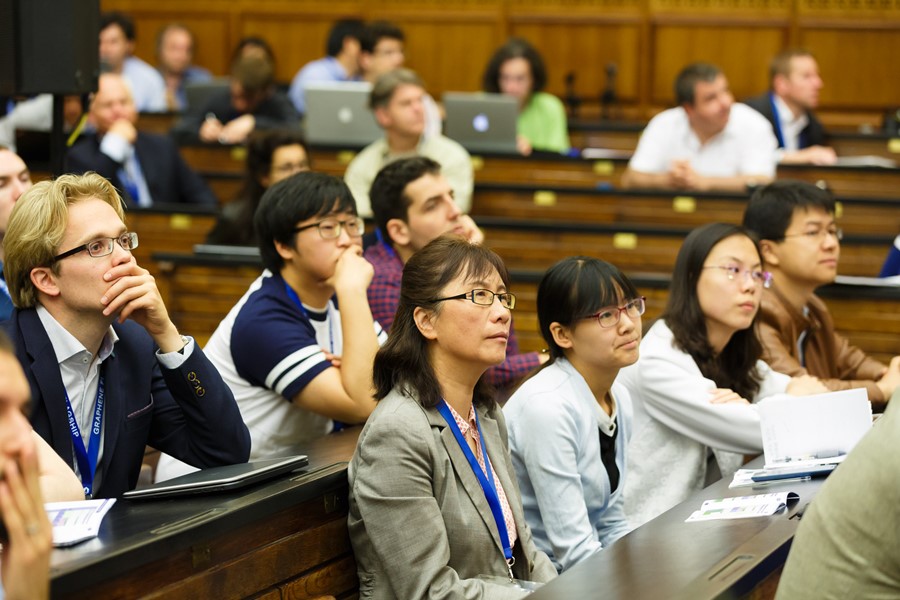
The fourth day of Graphene Week 2016 illustrated how interesting and truly varied the graphene research field is.
Plenary session
The morning’s plenary session opened with a talk from Professor Tony Heinz, Stanford University, USA, who spoke about his research on heterojunctions, a theme that has run throughout the whole conference.
Professor Frank Koppens, ICFO, Spain, gave an excellent and enthusiastic talk about optoelectronics and graphene, covering examples such as a heart rate monitor and IR sensor. When considering the commercialisation of graphene, Professor Koppens said, “The highest value applications are not the low hanging fruit. Instead, the high value applications sit at the top of the tree - the high-hanging fruit if you will - and we have to figure out the quickest way to climb to the top of the tree.”![]() Frank Koppens, ICFO
Frank Koppens, ICFO
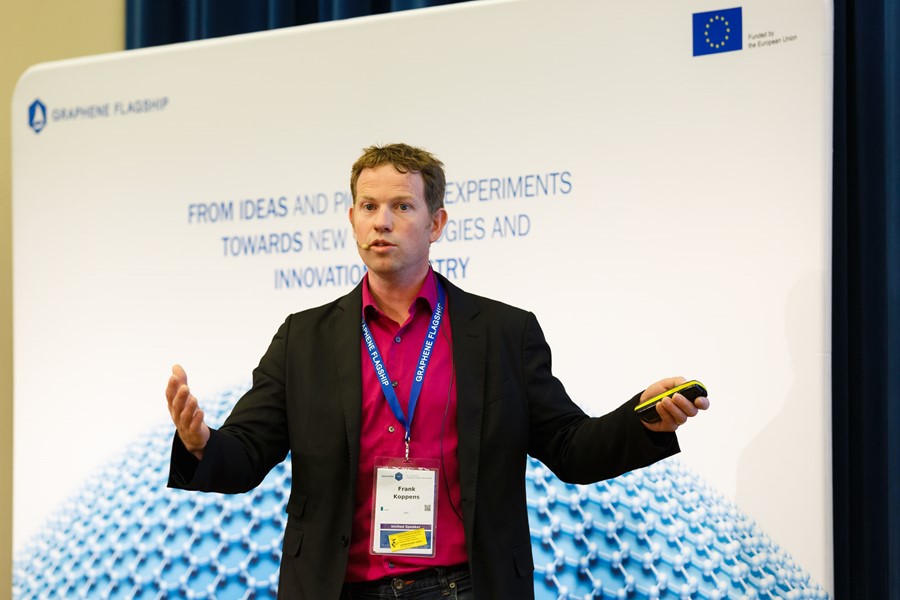
Professor Bart Van Wees, University of Groningen, Netherlands, gave a great talk outlining spintronics. He first provided background on the field, before moving on to discuss current experiments and outline the huge potential of spintronics in graphene and other 2D devices.
Fringe session on graphene ethics and toxicity
Organised by the Graphene Flagship's Health and the Environment Work Package, the fringe session on the ethics and toxicity of graphene was a very thought provoking hour.
Professor Bernadette Bensaude-Vincent, University of Paris, France, gave a very interesting talk on the ethics of novel technologies. She spoke of how we should always incorporate safety by design into process development to ensure safety.
“Ethics is not a special field in the hands of experts, we are all in charge of ethics,” said Professor Vincent.
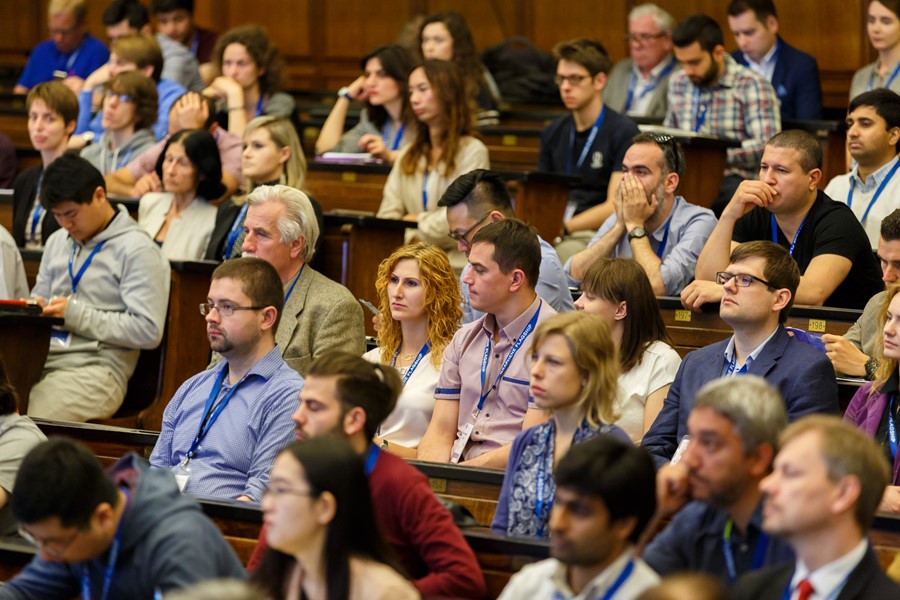
Nature symposium on biomedical applications
The afternoon included another full set of parallel sessions on all things graphene. One of the day’s four parallel sessions was hosted by Nature and dedicated to biomedical applications. Dr Maria Maragkou, Nature Materials, chaired the session and introduced a series of biomedical experts who focused on sensing applications, both inside (in vivo) and outside (ex vivo) the body.
Professor Michael Strano, MIT, USA, explained that “a lot of graphene sensors borrow design from nature but we need to redesign to increase stability and the lifetime of such a devise.”
Professor Owen Guy, Swansea University, UK spoke of point of care diagnostics using the lab on a chip model. “If you can detect early, then you can intervene early and have a better chance of a successful outcome. Graphene is a good sensor for point of care diagnostics because it is very responsive, easy to functionalise and its surface to volume ratio is very good; allowing for small sized devices,” said Professor Guy.
Professor Tsuyoshi Sekitani, Osaka University, Japan, illustrated the incredible flexibility and high sensitivity of graphene based wearable sensors.

Conference dinner
The day drew to a close with a gala dinner, sponsored by Comef, Cameca and Hitachi. An amazing event held in the stunning surroundings of the Royal Castle. The evening provided an incredible atmosphere and a great backdrop for many un-official discussions about graphene, general networking and future planning.
Poster Prizes
The poster prizes awarded this night were quite special. It was exciting to see researchers receiving recognition for their work.
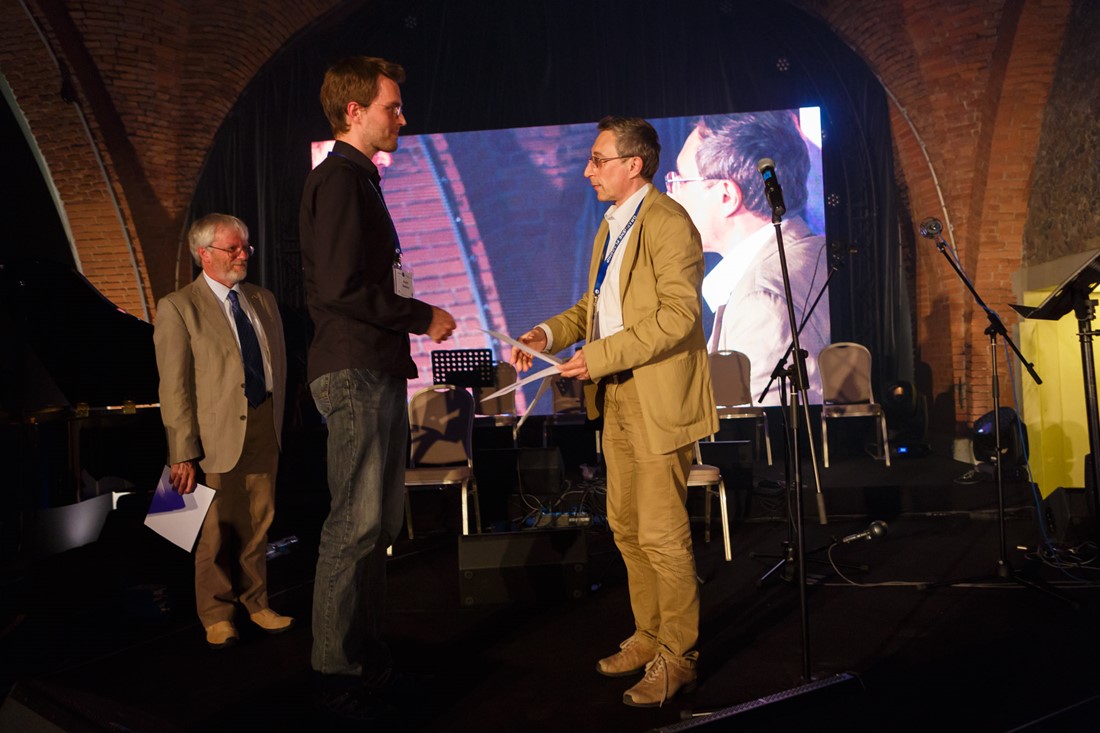
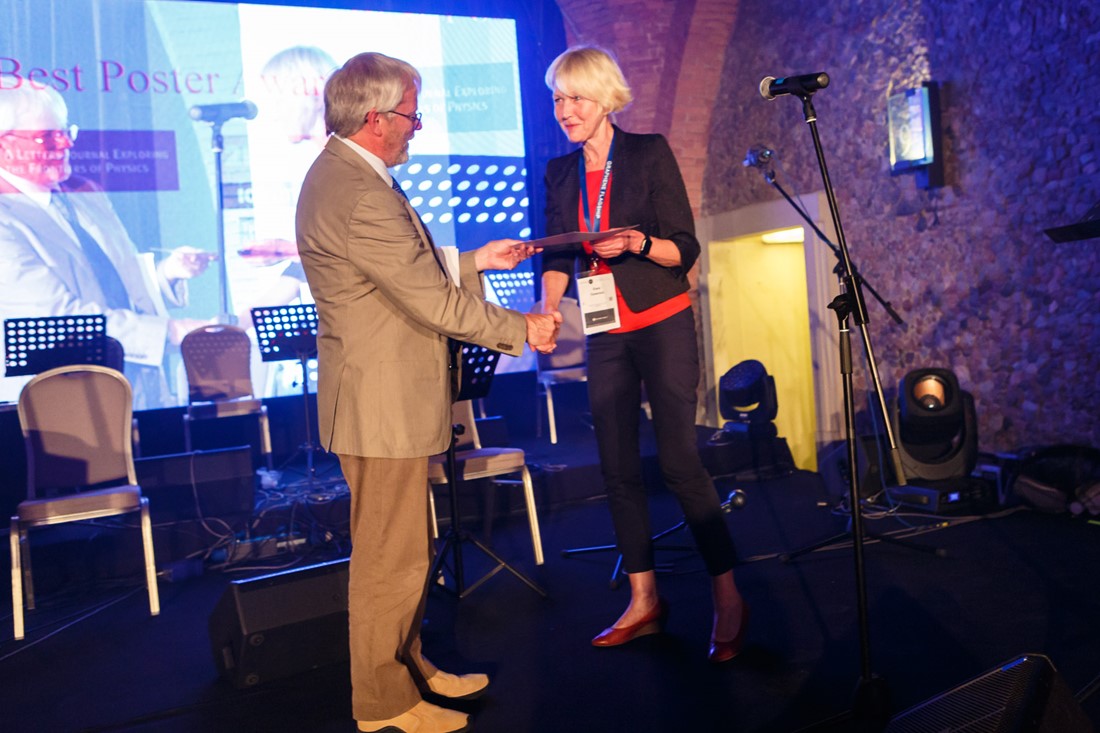
The poster winners were selected by the members of the conference Programme Committee, who had the very difficult decision of choosing between the large number of excellent posters presented during this conference. IOP Publishing sponsored the four main poster prizes and the prizes went to:
- Dr. Andre Dankert, Chalmers University of Technology, Sweden, and his poster on 'Spin Polarizes transport in MoS2'
- Dr Seung Joo Lee, Dongguk University, Korea, and his poster on 'Gate-voltage tunable spin transport in ferromagnetic graphene vertical heterostructures'
- Prof. Ewa Sawosz, Warsaw University of Life Sciences, Poland and her poster on 'Graphene, Functionalized with Amino Acids Inhibits Development of Brain Cancer by a Gene Depended Manner'
- Dr Peter Makk, University of Basel, Switzerland, and his poster on p-n junction based devices in ultra-clean graphene
There was also a special poster prize awarded by conference sponsor, Renishaw, for research in Raman Spectroscopy. The Renishaw award, which in included an ipad, went to:
- Pawel Palczynski, Imperial College London, UK and his poster 'Photoluminescence and Raman studies of CVD grown WS2 flakes using different precursors'
Video Interviews - Day Four Graphene Week 2016
![]() Alberto Morpurgo, University of Geneva
Alberto Morpurgo, University of Geneva
![]() Andrei Virobiev, Chalmers University of Technology
Andrei Virobiev, Chalmers University of Technology
![]() Vladimir Falko about the fourth day of Graphene Week 2016
Vladimir Falko about the fourth day of Graphene Week 2016
![]() Zhuang Zhao presenting his poster at Graphene Week 2016
Zhuang Zhao presenting his poster at Graphene Week 2016
![]() Ben Van Duppen, University of Antwerpen
Ben Van Duppen, University of Antwerpen




